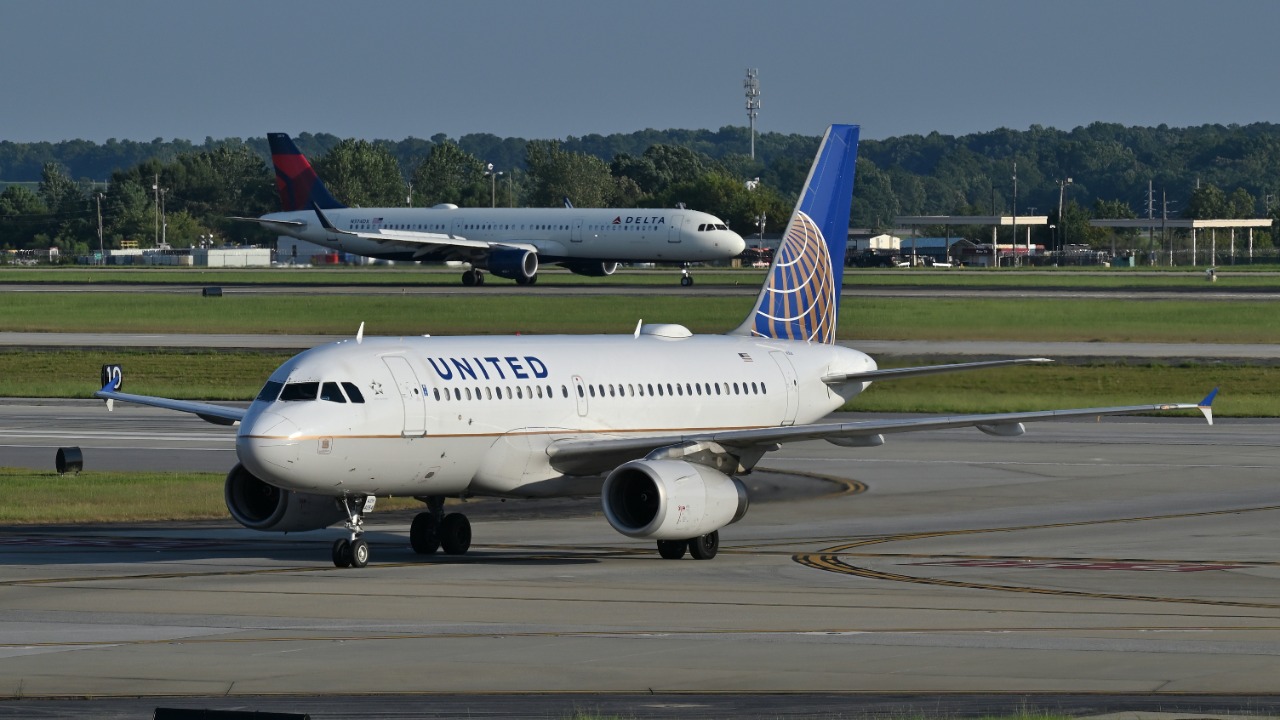
A United Airlines Boeing 737 flight recently encountered an unexpected and potentially dangerous situation when it was struck by what is suspected to be space debris while flying over Utah. This incident, involving flight UA1093 en route from Denver to Los Angeles, led to an emergency diversion to Salt Lake City. The aircraft remains grounded as investigations continue to determine the nature and origin of the object that caused the damage. This event underscores the increasing concerns about the risks posed by space debris to commercial aviation, prompting a thorough examination by aviation and space authorities.
The Incident Over Utah
Initial reports indicate that the United Airlines flight was struck by an unidentified object while flying over the Rocky Mountains. Eyewitness accounts and pilot communications suggest that the impact occurred mid-flight, prompting immediate safety protocols. The event took place on a Thursday, with the impact being significant enough to necessitate a diversion from the planned route. Speculation about the nature of the object has centered on the possibility of space debris, a theory supported by preliminary assessments from aviation and space tracking experts. These experts are currently analyzing data to confirm whether the object originated from space, highlighting the ongoing challenges in monitoring and managing space debris.
Flight UA1093’s Path and Diversion
Flight UA1093, a standard United Airlines service, departed from Denver with Los Angeles as its intended destination. However, following the mid-flight impact, the aircraft was diverted to Salt Lake City to ensure passenger safety. Air traffic control and the flight crew managed the unexpected trajectory change efficiently, prioritizing the well-being of those on board. The plane has remained stationary in Salt Lake City for several days, as ground crews conduct detailed inspections to assess the damage and investigate the potential space debris encounter. This incident has raised questions about the safety of flight paths over high-traffic corridors like the Rockies, where space debris could pose a significant threat.
Aircraft Damage and Response
The Boeing 737 involved in the incident sustained damage that is currently under investigation. Reports suggest that the damage may include structural impacts or affected external panels, although the full extent is yet to be determined. United Airlines responded promptly by grounding the aircraft and coordinating with federal aviation authorities to conduct a thorough examination. Despite the severity of the potential space debris hit, there were no reported injuries among passengers or crew, a testament to the effective emergency protocols in place. The airline’s swift response and collaboration with authorities highlight the importance of addressing such incidents with urgency and precision.
Investigations into Space Debris Risks
Ongoing investigations by aviation safety bodies are focused on determining whether space debris was indeed responsible for the impact on the United flight. These probes include analyzing tracking data from space agencies to identify any known orbital objects that could have been involved. Experts are questioning whether the incident involved a recognized space object and are calling for enhanced monitoring over high-traffic flight corridors. The implications for United Airlines and the broader aviation industry are significant, with potential adjustments to flight routes and the development of debris avoidance protocols being considered in response to this event. The incident serves as a reminder of the growing need for comprehensive strategies to mitigate the risks posed by space debris to commercial aviation.
For further details on the incident and ongoing investigations, you can read more from Ars Technica, Gizmodo, The Travel, View from the Wing, and AeroTime.